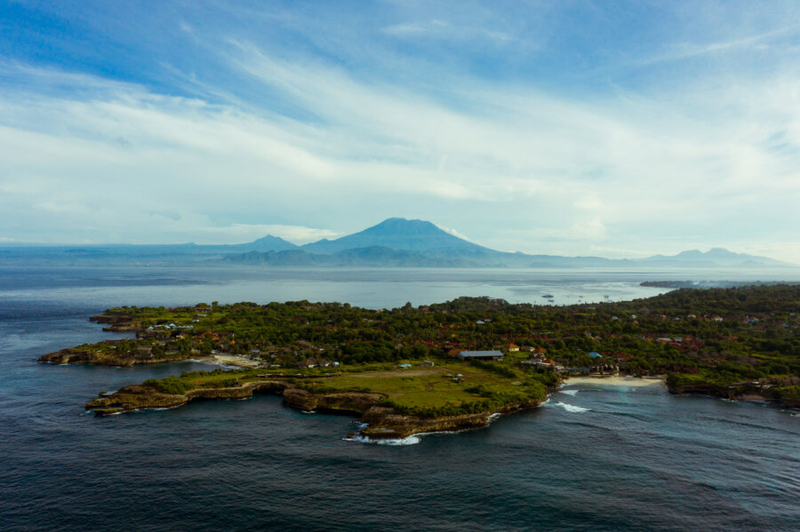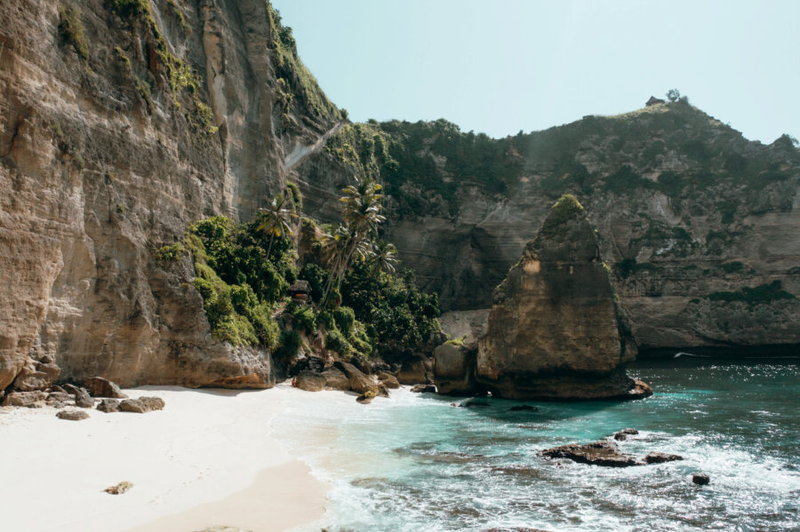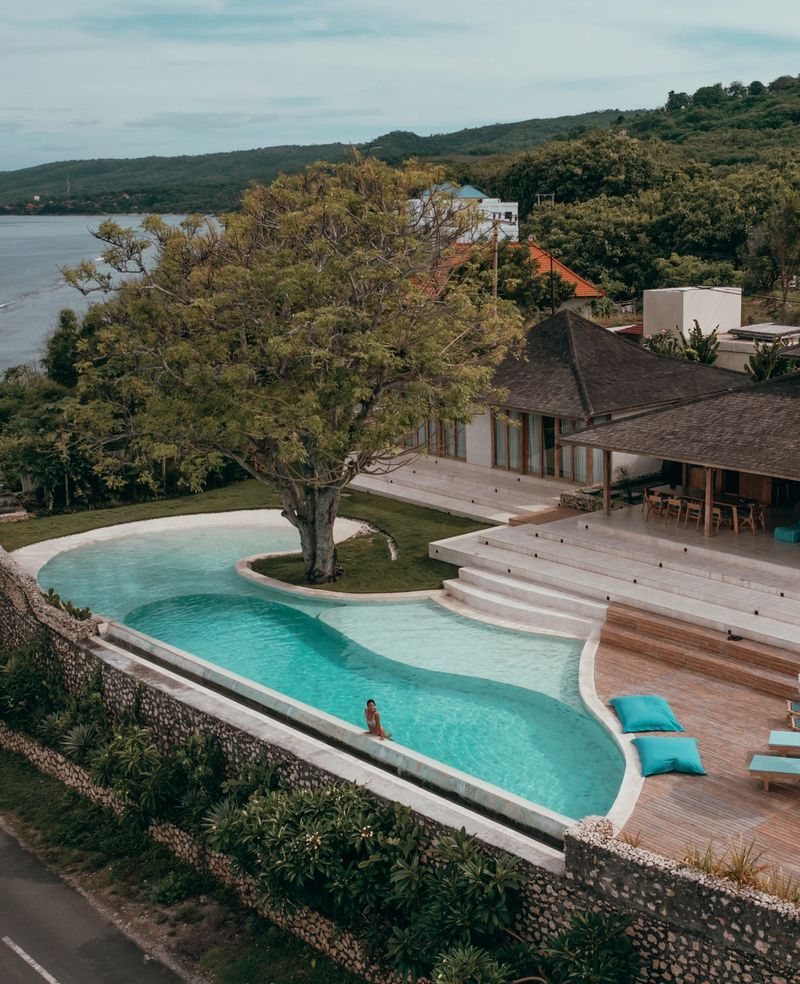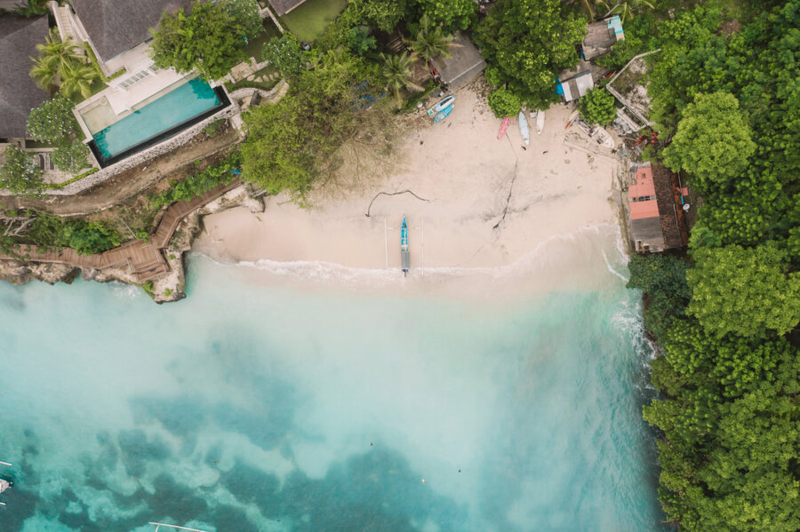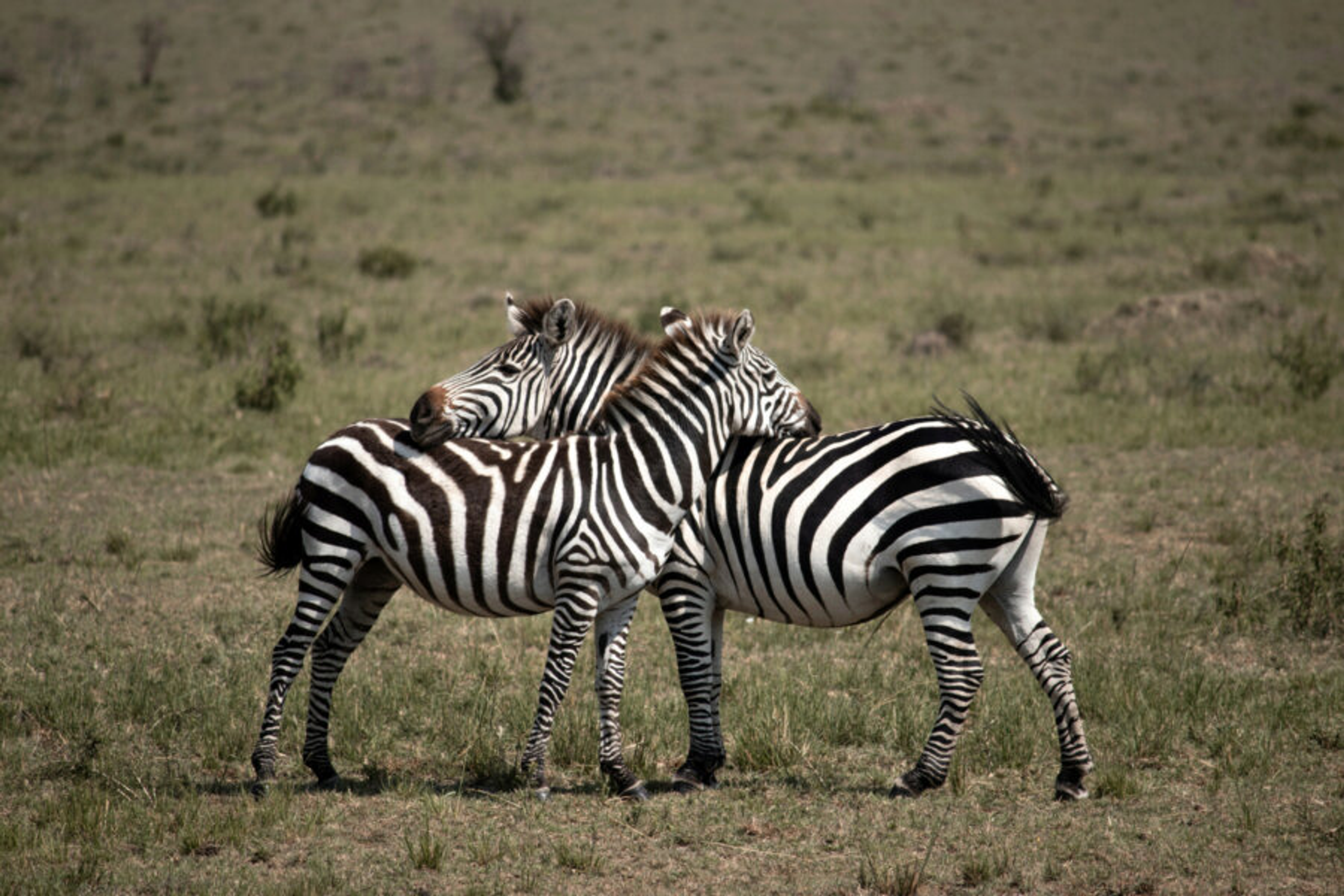
Travel Guide to the Masai Mara
THE MARA, a legendary game reserve adjoining to the Serengeti National Park in Tanzania, is a must for safari destinations worldwide. It is also home to The Great Wildebeest Migration - one of the most incredible natural events you’ll ever see, if you are lucky enough to be there to witness it. And for the “unlucky ones” like us, the Masai Mara still offers spectacular sightings of wildlife and astonishing landscapes all year round. The Masai Mara is a must destination both for safari lovers and safari first timers. Home to many of the species that you dream to see in the wild, the national reserve will wow you with sightings of wildlife, beautiful landscapes and unforgettable sunsets.
Table of contents
The Masai Mara, a legendary game reserve adjoining the Serengeti National Park in Tanzania, is a must for safari lovers and first-timers alike. Home to the Great Wildebeest Migration—one of nature’s most spectacular events—the Mara offers breathtaking wildlife sightings and unforgettable landscapes all year round.
How to Get to the Masai Mara
Getting to the Masai Mara is an adventure by itself regardless of the form of transportation that you choose to get there...and yet, that's the beauty of African Safaris in general. The whole experience takes you out of your routine (and probably out of your comfort zone) and teleports you into a complete new universe. It's like leaving to a new world, one that is (still) dominated by nature and where you are only a visitor - and that's the whole point!
Assuming that you're starting from the International Airport in Nairobi (Jomo Kenyatta Int. Airport), there will be two mayor options to consider: By air or by road. It's also possible to reach the Masai Mara from Mombasa directly by flying to the Kichwa Airstrip.
Driving or flying? Both will have their pros and cons, but know in advance that it will be an adventure (and a pleasure) regardless of the form of transportation. Of course you'll save yourself time and energy by flying, but it'll have a considerably bigger impact on your pocket!
Our recommendation: Flying will be definitely the better choice, but you need to be ready to pay a premium for it...and to be honest, it's not that bad to hit the roads! So: If you are scheduled to arrive to Kenya early in the morning, consider hiring a private van. It's unlikely that you'll reach the bus terminal in time to get into one of the shared vans, whereas the private van will be waiting for you in the airport and you'll still be able to enjoy an afternoon game drive in the Masai Mara.
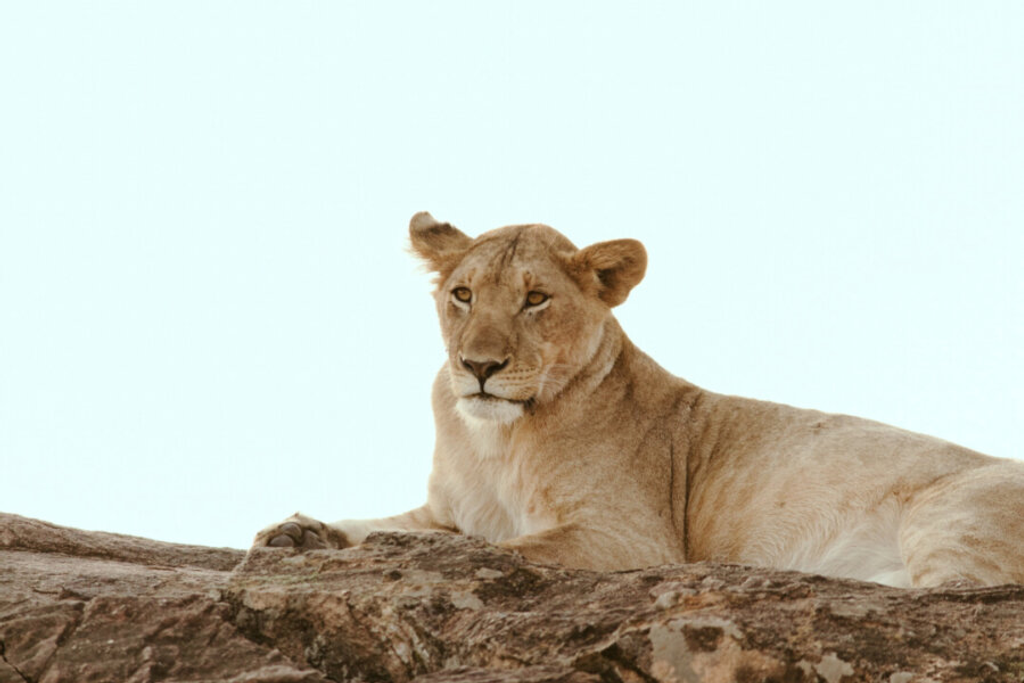
By Road
Getting to the Masai Mara by land is not easy, especially the last stretch. The roads from Nairobi all the way to Narok are in good condition, plus the views over the great rift valley from the road are spectacular. Overall, the drive to Narok is very enjoyable, especially for landscape lovers like me.
Then, the adventure really starts. The last part of the drive is across very bumpy dirt roads (about a third of the overall distance). This is what friendly tour guides will refer to as the "Masai Massage". To be honest, this is the least comfortable part of the trip, but for us it was as enjoyable. This is because you'll start passing through the conservancies adjacent to the main Mara reserve with plenty of animals sightings including zebras, giraffes, wildebeests and, in theory, any other animal you can spot in the main reserve.
So which options do you have to get to the Masai Mara by land?
- Private or Shared Vans:
- Most travelers opt for this. Private vans offer flexibility and airport pickup; shared vans are more budget-friendly but leave at set times from Nairobi.
- The drive takes 5–6 hours, with the last stretch over bumpy dirt roads—known locally as the “Masai Massage.”
- Along the way, enjoy views of the Great Rift Valley and wildlife sightings in adjacent conservancies.
- (Self) Driving:
- Roads from Nairobi to Narok are good, but the last part can be challenging, especially after rain.
- Driving inside the reserve is possible but not recommended for first-timers due to rough roads and missing out on guide-shared info.
- Public Bus (Matatu):
This is an option we wouldn't dare exploring, unless we're already in Kenya and it so happens that we have some days to spare.
Getting to Narok from Nairobi by public bus (aka. Matatu) shouldn't be very difficult, but it will take time and patience. Don't expect this buses to have A/C. Once in Narok, you'll need to get resourceful to find transportation for the last stretch. Worst case you should be able to hire a car to take you to a village close to one of the gates.
For daily game drives and activities is be pretty easy to join shared tours, which you can also arrange from your accommodation.
Best For: Budget Travelers
By Air
- Flying is the most comfortable and efficient option.
- Flights depart from Wilson Airport (Nairobi’s domestic terminal) to six airstrips inside the park (30–45 minutes).
- Transfers from the airstrip to your accommodation may be included or arranged separately.
- Best for those willing to pay for convenience and unique aerial views.
Recommendation:
If arriving in Kenya early, a private van from the airport allows you to reach the Mara in time for an afternoon game drive.
Masai Mara vs Serengeti
Both are incredible safari destinations. The Masai Mara is generally easier and cheaper to access, while the Serengeti is ideal if you have more time and wish to combine with a Kilimanjaro trip. Either way, you’re guaranteed an unforgettable experience.
Best Time to Visit
- July–October: Dry season and peak for wildlife viewing, especially the Great Migration (main action July–August). Expect higher prices and more visitors.
- Other Seasons: Fewer tourists and lower prices, but wildlife may be harder to spot.
The Game Viewing
- Wildlife:
- The Masai Mara is renowned for its abundance of animals, making it especially rewarding for first-time safari-goers.
- Sightings of the Big Five (lions, leopards, elephants, buffalo, rhinos) are common, with cheetahs, giraffes, zebras, hyenas, and more also frequently seen.
- Game Drives:
- Morning (sunrise) and evening (sunset) drives are best for wildlife activity; midday is quieter.
- Full-day drives are needed to reach the park’s farthest borders.
- Park Fees:
- Adults (non-residents): $80/day (outside park), $70/day (inside park)
- Children (non-residents): $45/day (outside park), $40/day (inside park)
- Vehicle fees are additional.
The Great Wildebeest Migration
- The Stage: Two rivers (Mara and Sand) with dramatic crossings by millions of wildebeest, zebras, and antelopes.
- The Cast: Herds of herbivores, pursued by predators (cheetahs, lions, leopards, hyenas, crocodiles).
- The Plot: The search for greener pastures and water during the dry season.
- The Experience: A real-life spectacle of survival and nature’s drama.
The Mara Triangle
- Western sector of the reserve, managed by the Mara Conservancy.
- Fewer visitors, high wildlife density, and the entry point for the Great Migration herds.
The Tour with Locals
- The Masai people, with their rich traditions, are an integral part of the Mara experience.
- Many tours offer visits to Masai villages, where you can learn about their culture, dances, and crafts.
Hot Air Ballooning
- Experience the Mara from above in a hot air balloon—an unforgettable way to spot wildlife and landscapes.
- Limited to 16 passengers per balloon; children must be at least four years old.
Private Conservancies
- Community-owned conservancies offer exclusive safari experiences: night drives, walking safaris, horse riding, and fewer tourists.
- Choosing a stay in a conservancy supports local sustainability and conservation efforts.
Notable Conservancies:
- North: Mara Noboisho, Mara North, Olare Motorogi, Ol Kinyei, Ol Choro Oirua, Lemek
- East: Siana
- South: Olderkesi
- West: Mara Triangle
Visa Requirements for Kenya
- Most travelers can get a visa on arrival, but applying for an eVisa is recommended to avoid long queues.
- Apply at the official eCitizen portal.
Where to Stay in the Masai Mara
- Outside the Reserve:
- Most budget options are tented camps near the gates (e.g., Ololaimutiek Village, Sekenani).
- Inside the Reserve:
- Fenced/unfenced camps and luxury resorts, especially in the Mara Triangle.
- Private Conservancies:
- Offer luxury, comfort, and privacy.
- Camping:
- Public and private campsites are available for self-camping.
Health & Safety
- Safety:
- Kenya is relatively safe, but be cautious of theft in cities and avoid walking alone at night.
- Health:
- The Mara is low risk for malaria, especially in peak season. Consult your doctor about vaccinations and malaria prophylaxis if visiting other areas.
What to Bring to Your First Safari
- Clothing:
- Prioritize comfort and wear neutral colors (khaki, brown, beige, green). Avoid bright colors and camouflage.
- Dress in layers for cold mornings/evenings and hot days.
- Bring sun protection and a hat.
- Gear:
- Binoculars, camera with zoom lens, extra storage.
- Booking:
- Packages offer convenience; self-booking allows flexibility. Consider cross-border tours for a broader experience.
The Cost
- Safaris are expensive due to logistics and conservation costs.
- Packages (3 days/2 nights, shared): from $350 USD per person.
- Private tours: higher cost, but more flexibility.
- Four days in the main reserve is usually enough; consider extending to other reserves or conservancies for variety.
Our Review
- Immersive Experience:
- The Mara feels like stepping into another world, with wildlife and Masai culture everywhere.
- Amazing Game Viewing:
- Big cats and other wildlife are abundant.
- Stunning Views:
- The landscapes are breathtaking, from the Rift Valley to the savannah.
- Tourism Impact:
- Off-road driving is common, which can be intrusive for wildlife.
- Comfort:
- Budget accommodations are basic but adequate; food is simple.
Ready for your adventure? The Masai Mara offers one of Africa’s most iconic safari experiences—wildlife, landscapes, and culture all in one unforgettable journey.

